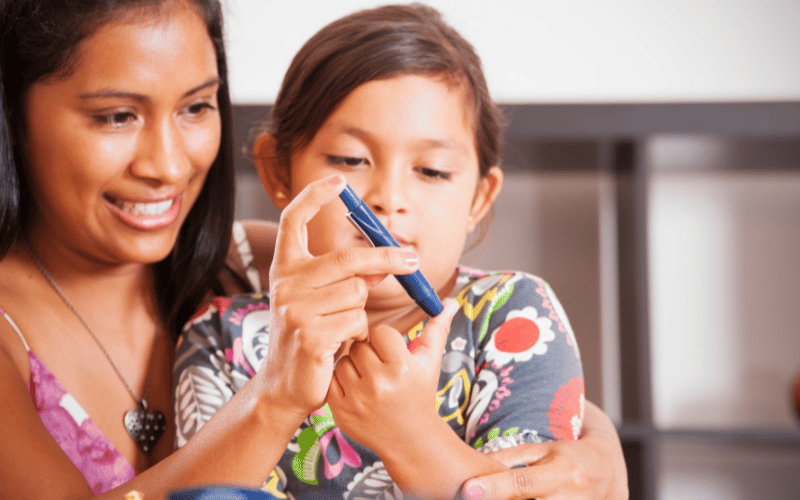Introduction: Understanding Type 1 Diabetes in Children
Type 1 diabetes (T1D) in children is a critical health condition that requires prompt attention and awareness. Unlike other childhood illnesses, T1D is a lifelong autoimmune disorder where the body’s immune system attacks and destroys insulin-producing cells in the pancreas. This results in a crucial need for families to recognize early symptoms, as early detection can significantly influence the management and outcome of the disease.

The onset of Type 1 diabetes in children can be subtle yet progressive, often mistaken for other common childhood ailments. This is where knowledge and vigilance become paramount. Parents and caregivers play a crucial role in observing and interpreting signs that might point towards this condition. Understanding these symptoms is not just about diagnosis but also about empowering families with the information needed to seek timely medical advice.
One of the most challenging aspects of T1D in children is its silent and unassuming nature. Symptoms such as increased thirst and urination, unexplained weight loss, and fatigue may seem benign at first glance but are actually key indicators of an underlying issue with blood sugar regulation. The ability to distinguish these symptoms from regular childhood complaints is crucial for early intervention.
In the following paragraphs, we delve into the top 10 symptoms of Type 1 diabetes in children. These symptoms range from physical changes to behavioral shifts, each playing a critical role in the early identification of T1D. Our goal is to provide a detailed yet easily understandable overview, equipping parents with the knowledge to act swiftly and decisively for the well-being of their child.
1. Thirst and Urination: Beyond the Usual in Children’s Hydration

When it comes to identifying Type 1 diabetes in children, increased thirst and frequent urination stand out as key symptoms. This change, often more pronounced than typical thirst levels, signifies a deeper issue tied to the body’s inability to regulate blood sugar levels. It’s a phenomenon that might initially seem innocuous but is a crucial indicator of Type 1 diabetes.
The science behind this symptom is rooted in the body’s response to excess glucose. When blood sugar levels are high, the kidneys work overtime to filter and absorb the excess glucose. When they can’t keep up, the excess sugar is excreted into the urine, dragging along fluids from the body and leading to dehydration. This triggers a cycle of increased thirst and urination as the body attempts to manage the imbalance.
For parents, it’s essential to note not just the frequency but also the volume of urination. A child’s sudden need to use the bathroom frequently, especially at night, can be a tell-tale sign. This symptom is often accompanied by an unquenchable thirst, leading to a noticeable increase in fluid intake. Observing these changes, particularly if they appear alongside other symptoms, is critical.
It’s also worth noting that this isn’t a symptom that develops slowly over time. In many cases, parents report a sudden and significant change in their child’s drinking and urination habits. This abrupt shift can be alarming and is often what prompts a visit to a healthcare professional.
These signs, though seemingly common, should never be overlooked in children. They are the body’s way of signaling that something is not right, and in the case of Type 1 diabetes, they are among the first signs that manifest. Acknowledging and acting upon these symptoms can be a vital step in managing a child’s health. (1)